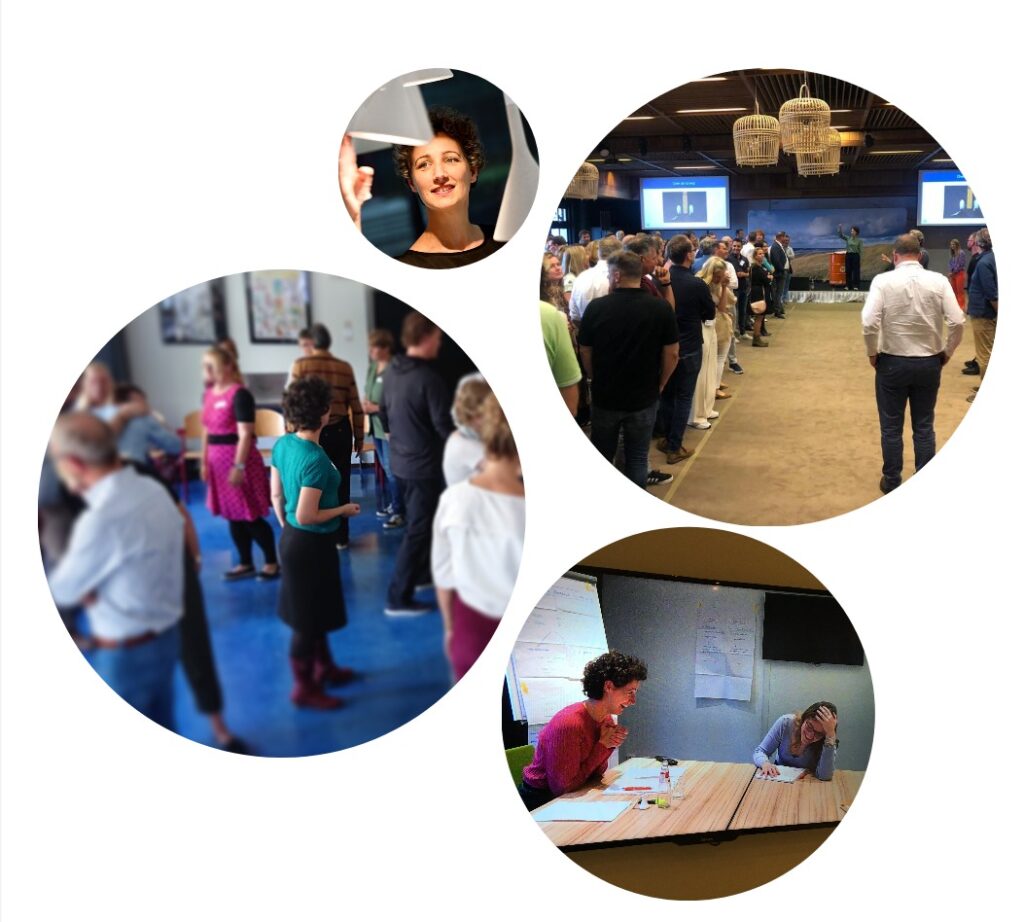There is more than one way in which social safety manifests itself in the workplace. When a team, department, or organization gets social safety right, it can seem remarkably straightforward, especially when compared to the stories of people navigating the interpersonal and conversational complexities created by fear and distrust. But let’s not get stuck into safety platitudes such as “be inclusive”, “foster a culture of trust”, etc. If it were that easy, every organization would be a haven of happy, engaged people delivering great value, but that’s clearly not the case. Instead, we need actionable items that apply to the current context. There are common practices applicable to all teams and contexts (such as leaders admitting mistakes or doubts, asking questions, and focusing on learning outcomes over productivity or results), but the most powerful advice is that which applies specifically to the context the team is operating in.
The school offers a Psychological Safety Toolbox and the Supportive Leadership Toolkit prove applicable practices that teams and their leaders can apply in their own team. Focus lies on supporting people with tailor made and practical suggestions and actions, in what at times seem tough conversations. Carla-Maria will be your sounding board.


